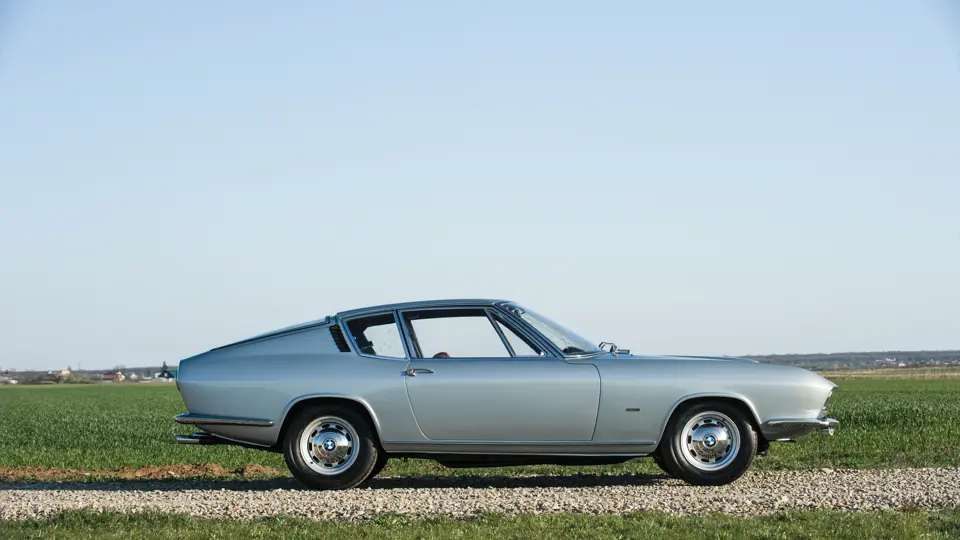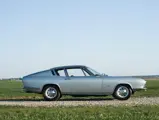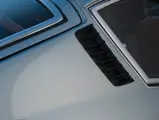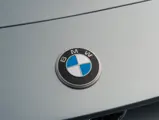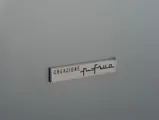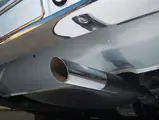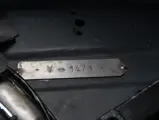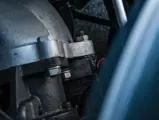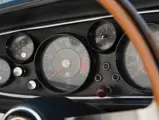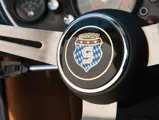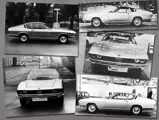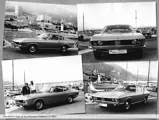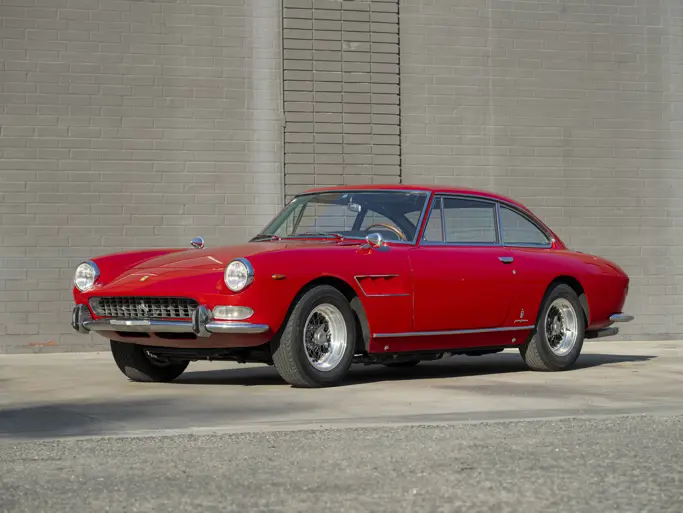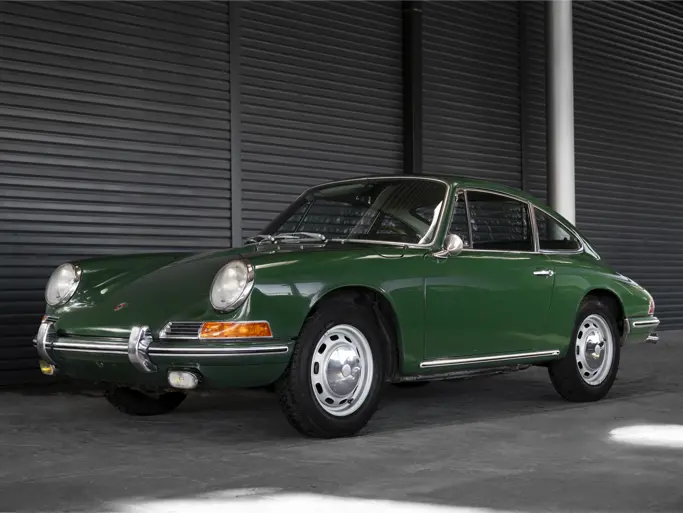
1967 BMW-Glas 3000 V8 Fastback by Frua
{{lr.item.text}}
€380,000 - €480,000 EUR | Not Sold
{{bidding.lot.reserveStatusFormatted}}
- A one-off coachbuilt German grand tourer
- Displayed in period at Frankfurt, Paris, Geneva, and Barcelona
- Stunning and unique styling
- Gran Turismo tedesca modello unico
- Esposta all'epoca a Francoforte, Parigi, Ginevra, e Barcellona
- Bellissima ed unica
160 bhp (DIN), 2,982 cc DOHC V-8 engine with triple Solex downdraft carburettors, four-speed manual transmission, independent front suspension with double wishbones and coil springs, De Dion rear axle with a Panhard bar, leaf springs, and shock absorbers, and four-wheel hydraulic disc brakes. Wheelbase: 2,500 mm
160 cv DIN, motore V-8 da 2.982 cc con tre carburatori Solex verticali, cambio manuale a quattro velocità, sospensioni anteriori indipendenti a doppi quadrilateri deformabili e molle elicoidali, ponte posteriore De Dion con barra Panhard, balestre e ammortizzatori e freni a disco idraulici su tutte e quattro le ruote. Passo: 2.500 mm
Some of the most interesting cars to have ever been created by BMW are those that have been crafted not in-house by BMW’s own designers, as skilled as they may be, but by outside coachbuilders. After BMW’s acquisition of famed old-line German automaker Glas in 1966, the company continued to produce the Glas 3000 V8, albeit under the name BMW-Glas, and badge it as a BMW. The design of the Glas 3000 V8 was polarising to some, but the acquisition gave coachbuilder Pietro Frua, who had designed a handful of other Glas models, an opportunity to reimagine the car’s design.
The vehicle presented here is the only BMW-Glas 3000 V8 to be fitted with custom bodywork by Frua. Whilst the car’s fastback body differed from anything built by Glas or BMW at that time, it was instantly recognisable by its iconic kidney-shaped grille. Unlike the somewhat bulbous Glas models, this new car’s coachwork was sleek, low-slung, and aggressive. Its design was similar to that of a Maserati Ghibli or an Iso Grifo, and clearly Frua had been influenced by Giorgetto Giugiaro in its lines.
The car proved to be popular, and it was displayed at a number of motor shows, including Frankfurt and Paris in 1967, the Geneva Salon in 1968, and finally Barcelona in 1969. BMW presented the car in different colours to showcase its incredible design: light blue metallic at Paris and red in Barcelona. After Barcelona, it was sold to its first owner, a gentleman in Andalucía who retained the car for over 20 years, until his death. It was then purchased by an admiring employee of that owner.
It has just finished a recent mechanical restoration with its current owner. Whilst this work was taking place, the interior was fitted with new upholstery and the paint colour was changed once again to silver, which is a very flattering colour for the car, as it helps to showcase its wonderful lines. The mileage showing on the odometer is 64,950, which is a reading that very well could be original.
As attractive as the BMW-Glas 3000 V8 by Frua was, it was decided that the model would be not go into production so BMW could focus on the upcoming 3.0 CS, and this car was left as a one-off. For the BMW enthusiast, this represents a singular opportunity to purchase one of the most unique and attractive cars the company ever built.
Alcune delle auto più interessanti create dalla BMW sono proprio quelle che non sono state concepite dai bravi disegnatori interni alla Fabbrica, ma da carrozzieri a terzi. Dopo l'acquisizione del costruttore tedesco Glas da parte della BMW nel 1966, si continuò a produrre la 3000 V8, nonostante il nome fosse cambiato in BMW-Glas e la macchina presentasse il simbolo della Casa bavarese. Il disegno della Glas 3000 V8 era attraente per alcuni, ma l'acquisizione diede a Pietro Frua, l'autore di altri modelli Glas, da reimmaginare il design della macchina.
L'auto qui presentata è l'unica BMW-Glas 3000 V8 ad essere caratterizzata dall'originale carrozzeria di Frua. Sebbene il disegno fastback era diverso da qualsiasi altro fatto dalla Glas o BMW all' epoca, era immediatamente riconoscibile per via dell'iconica calandra a rene. Diversamente dai più tradizionali disegni a linee tondeggianti della Glas, la nuova carrozzeria presente su questa macchina era elegante, slanciata ed aggressiva. Il suo disegno era simile a quello della Maserati Ghibli o della Iso Grifo e si nota chiaramente l'influenza dello stile di Giorgetto Giugiaro sulle linee disegnate da Frua.
L'auto si rivelò un successo e fu esposta a molti saloni automobilistici, inclusi quelli di Francoforte e Parigi nel 1967, al Salone di Ginevra nel 1968 e a Barcellona nel 1969. La BMW ha presentato la macchina in diversi colori per esaltare il suo incredibile design: azzurro metallizzato a Parigi e rosso a Barcellona. Dopo quest'ultimo salone, fu venduta al primo proprietario, un gentiluomo residente in Andalucia che possedette la macchina per 20 anni, fino a quando morì. Fu successivamente acquistata da un devoto impiegato del proprietario.
Nonostante la grande bellezza della BMW-Glas 3000 V8 Frua, la BMW decise di non produrla in scala in modo da concentrare le attenzioni sull'imminente 3.0 CS e questa fu lasciata allo stadio di esemplare unico. Per l'appassionato BMW, questa è un'occasione imperdibile per entrare in possesso di una delle più singolari e belle auto che la Fabbrica abbia mai costruito.

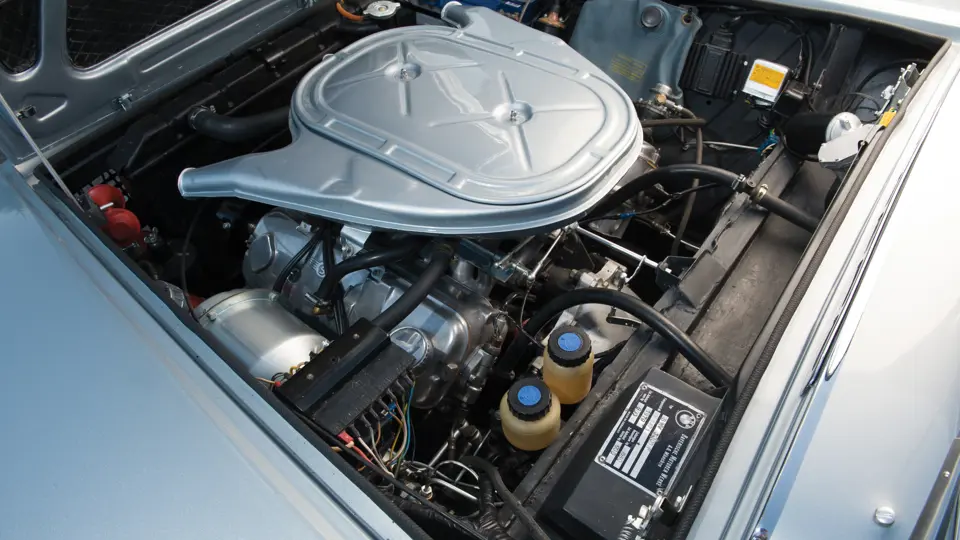
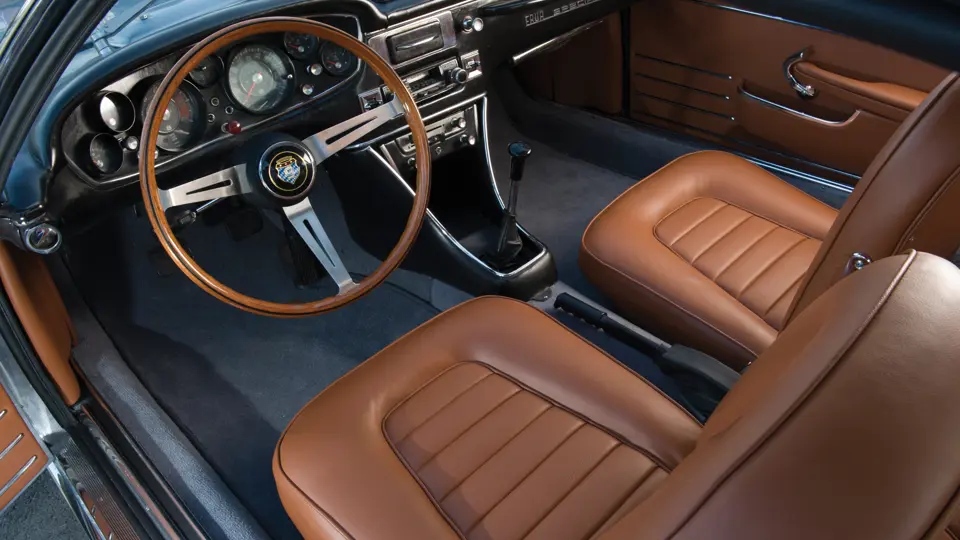

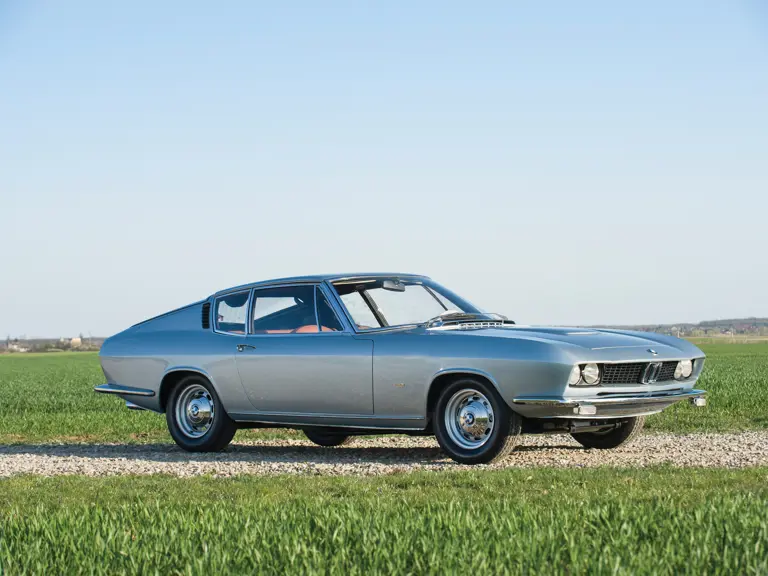

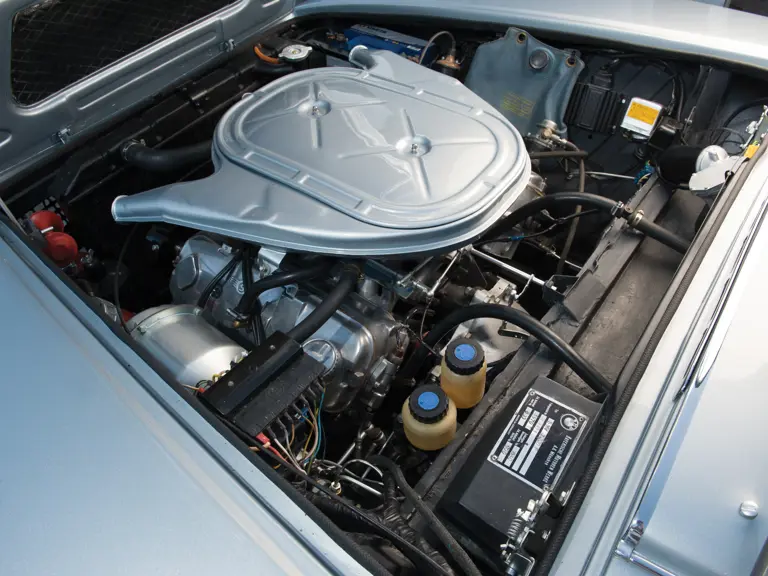
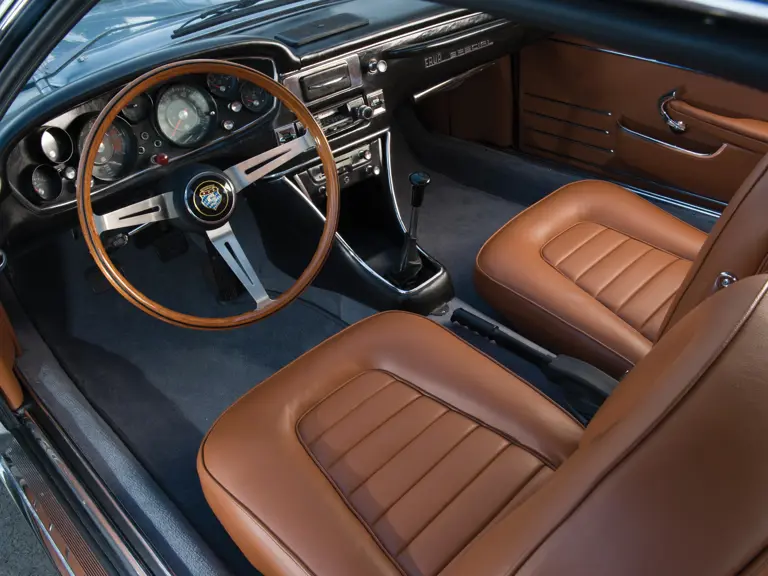


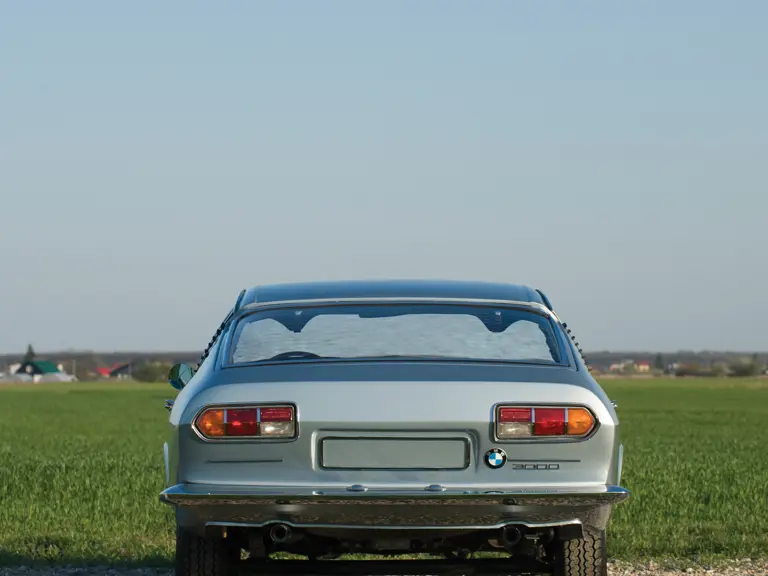



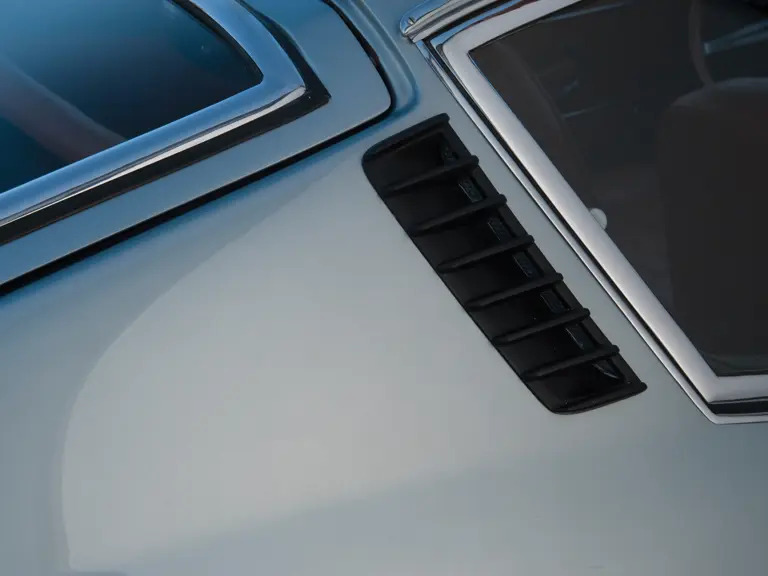
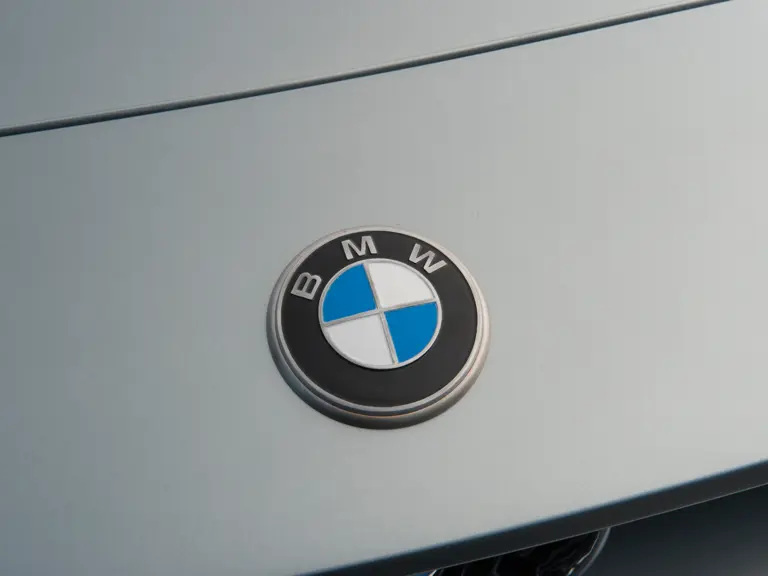
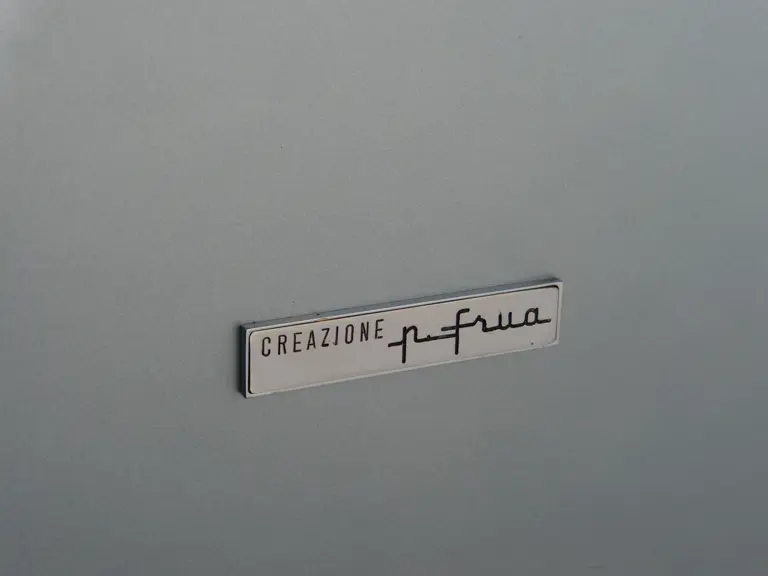
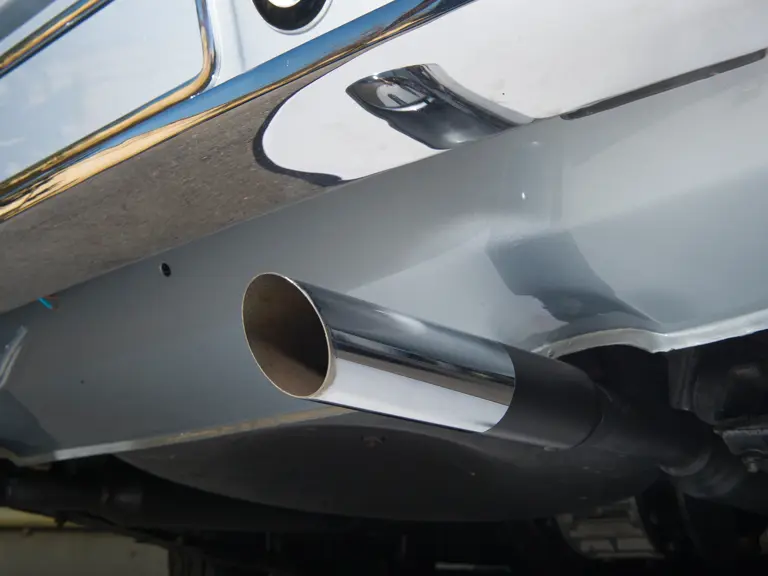
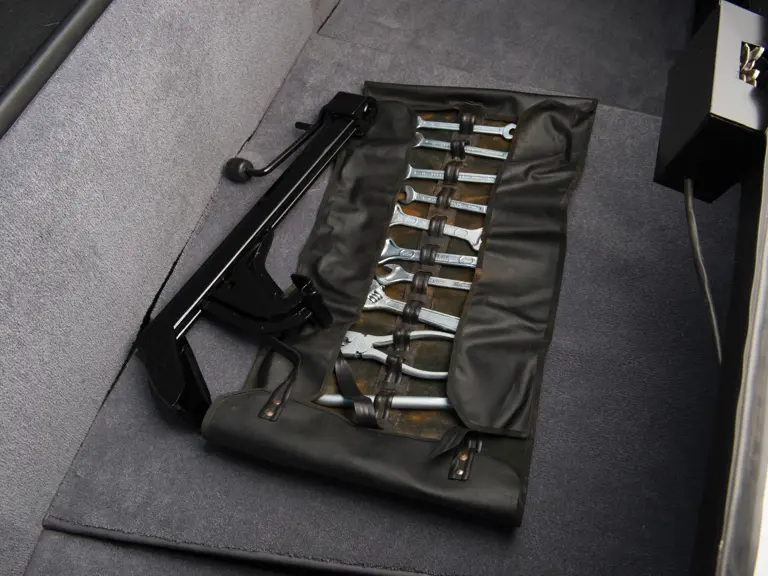

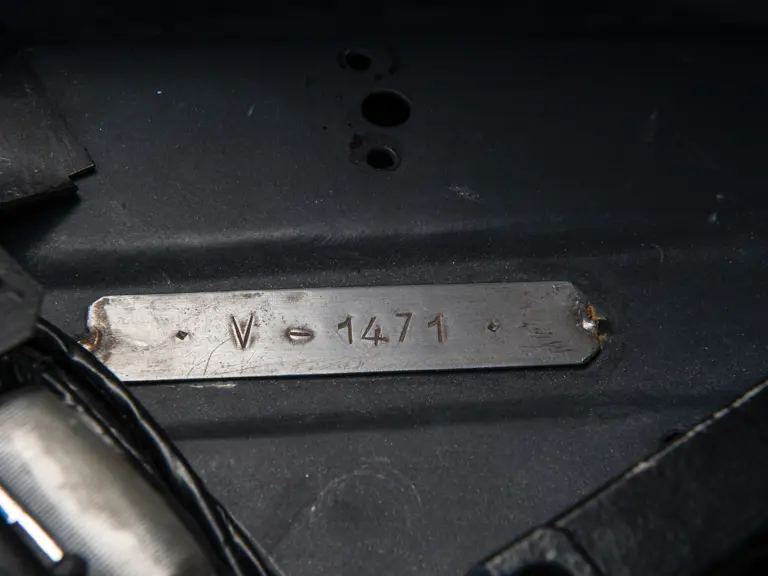
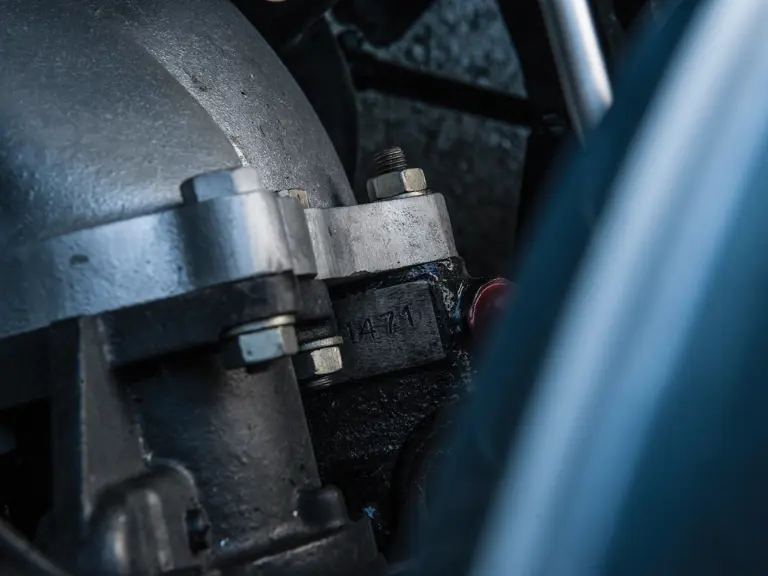
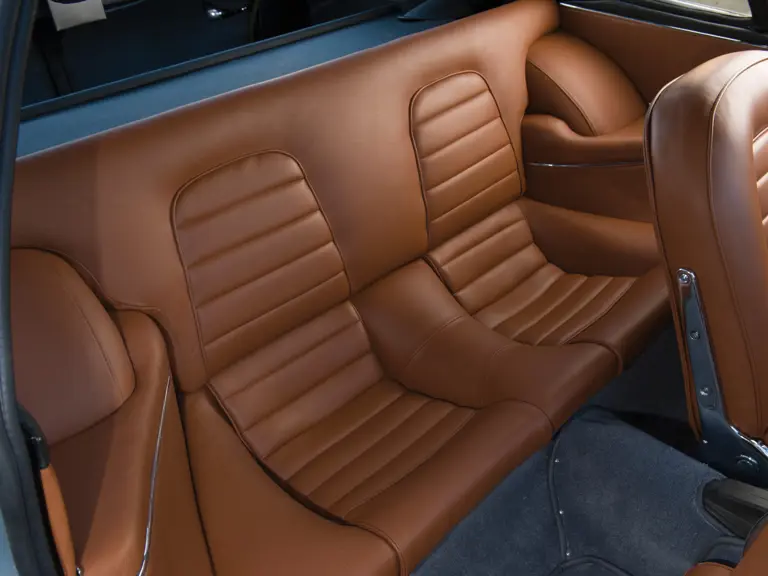

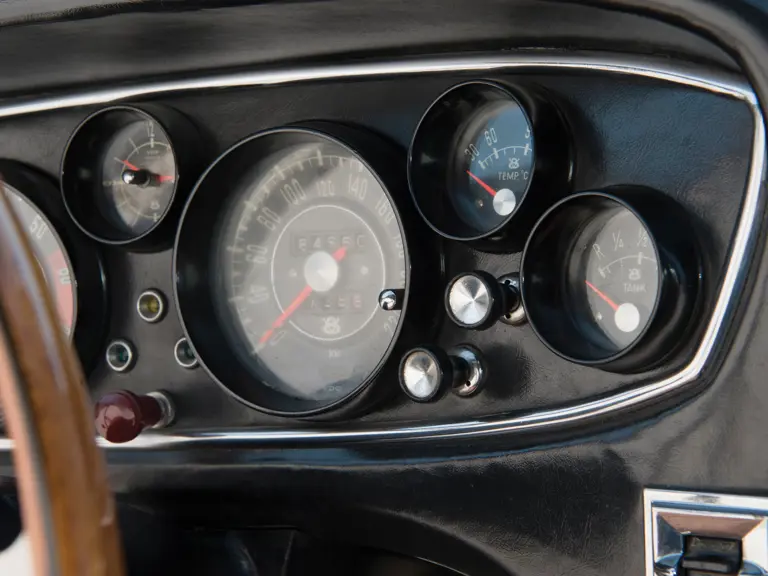
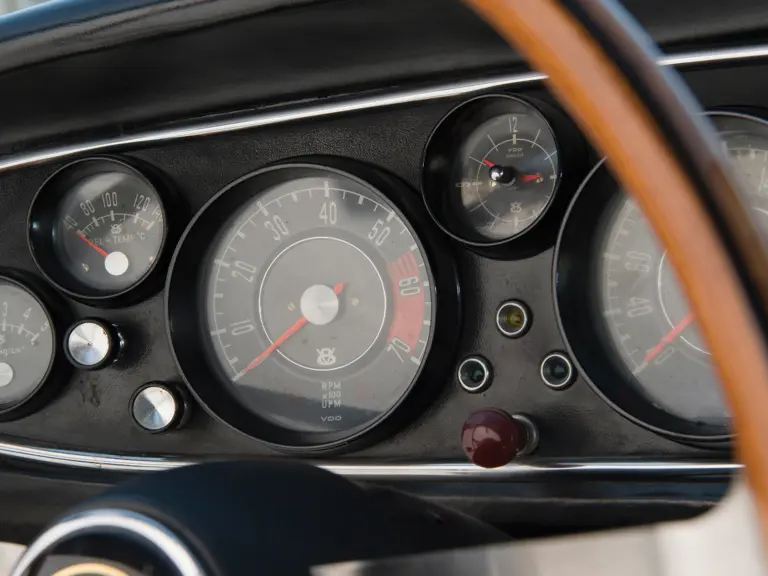
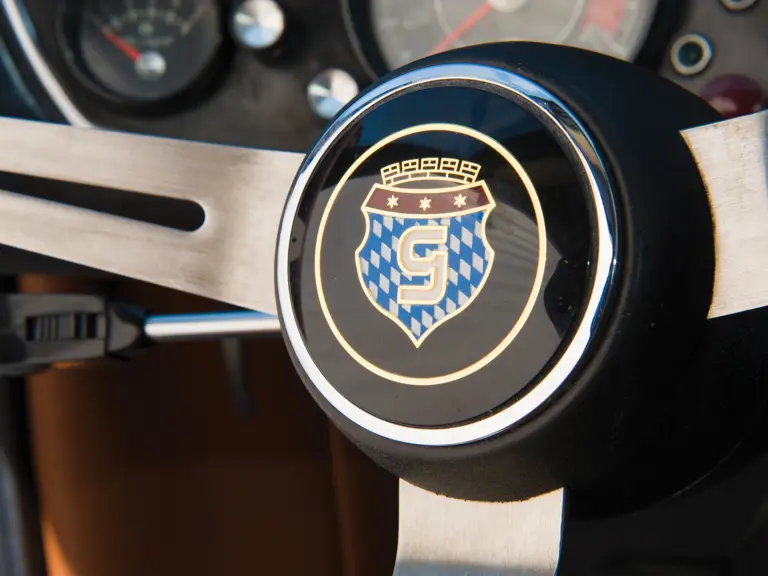
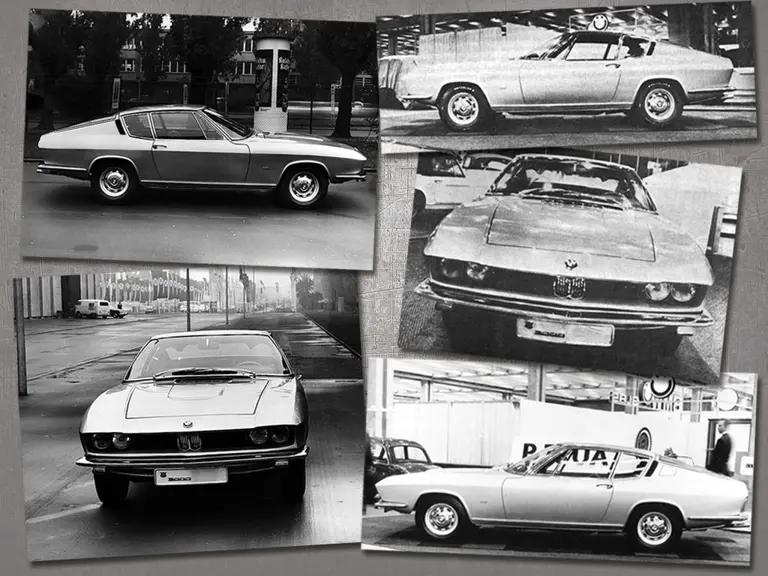
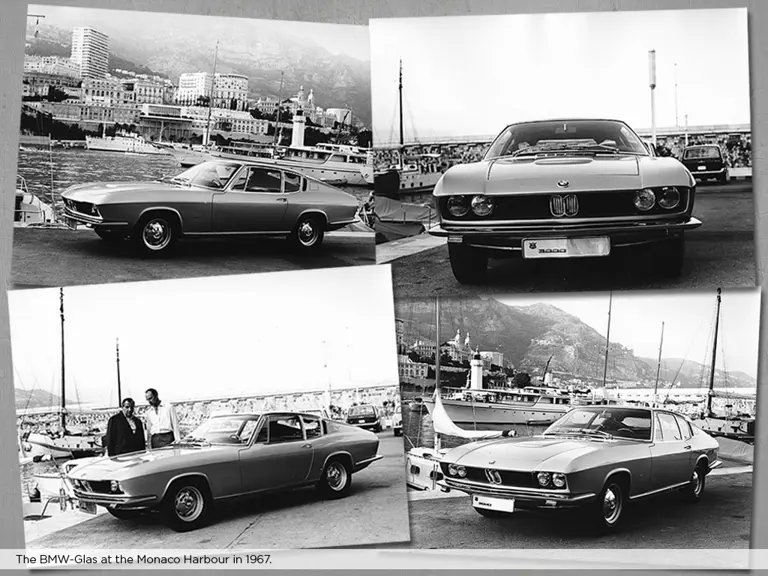
 | Cernobbio, Italy
| Cernobbio, Italy
